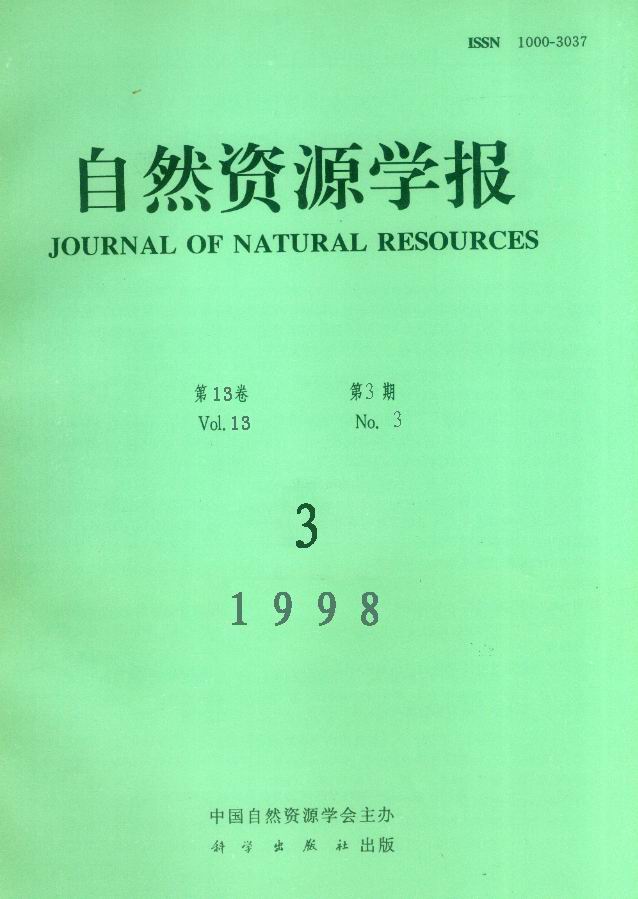Special Column:Celebration of the 70th Anniversary of IGSNRR, CAS
WU Yuhua
Yintan National Tourism and Holiday Resort, located on the seashore of Beihai City of Southwest China, is one of the twelve national tourism and holiday resorts approved by the State Council in October of 1992. It occupies an area of 22.15 km2 and is divided into western part and eastern part by Fengjia River. The western part covers 8.71 km2. From 1987 up to now, the western part of Beihai Yintan National Tourism and Holiday Resort has been attracting more than 8 million tourists. The tourism activities bring in environmental problems, namely, natural resources destruction, visual pollution, pollution of waste water and trash, sand quality degradation and tourist overload.(a)Natural resources have been seriously destroyed. A lot of trees were cut away and the lands was used for dense buildings. Part of the beach is occupied by blocks of villas and tourism facilities. A wave proof dike separates the spacious beach into two zones, making the width of the beach from more than a thousand meters to less than two hundred meters.When the tide is at flood, the west section of the beach is submerged to the foot of the dike,reducing the bathing function of the section.(b)Many villas, hotels and tourism facilities do not harmonize with surroundings in aspects of location and shape. The varied buildings in the bathing center are established just next to the dike, too near to the beach and the sea, disordering the landscape of the water front. Buildings in other places are also too dense.People there would think they were in a downtown city. The space and design style of the entrance square are a failure, and it can not attract visitors to stay in.(c)Sea water near the seashore is polluted by nitrogen, BOD5 and oil.(d)The beach is polluted by waste water and trash from local domestic lifes and tourism activities, and the sands bagan to change from white color to gray.(e)The west section of the beach is often overloaded by tourists, for they crowd there to get convenient service.Those problems are derived from the lack of natural resources survey, weakplanning, poor management and insufficient investment to environment. So corres pondingly, the survey and evaluation of natural resources should be done first followed by environment releted planning and its implementation. The key is master plan which should include contents of environmental capacity, environmental protection, landscape control, landuse allocation,and distribution of tourism attractions. Finally,environmental policies and management measures should also be formulated and put to practice.They should contain the following: restriction of types and scale of projects, collection of pollution tax from hotels and restaurants, control of vehicles and parking lots, announcement of the state of environment, stipulation of tourists, clean of trash, relocation of service stands.
